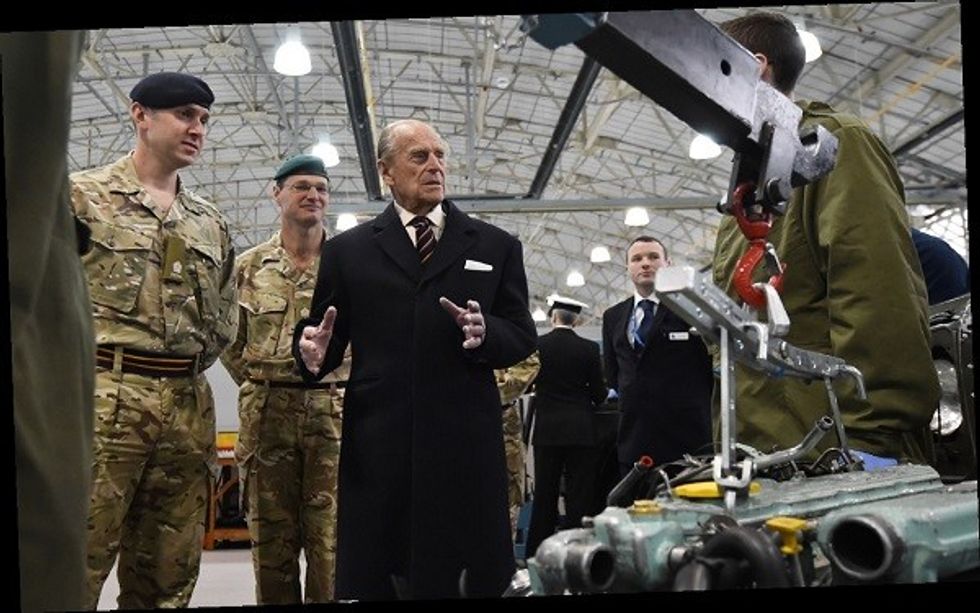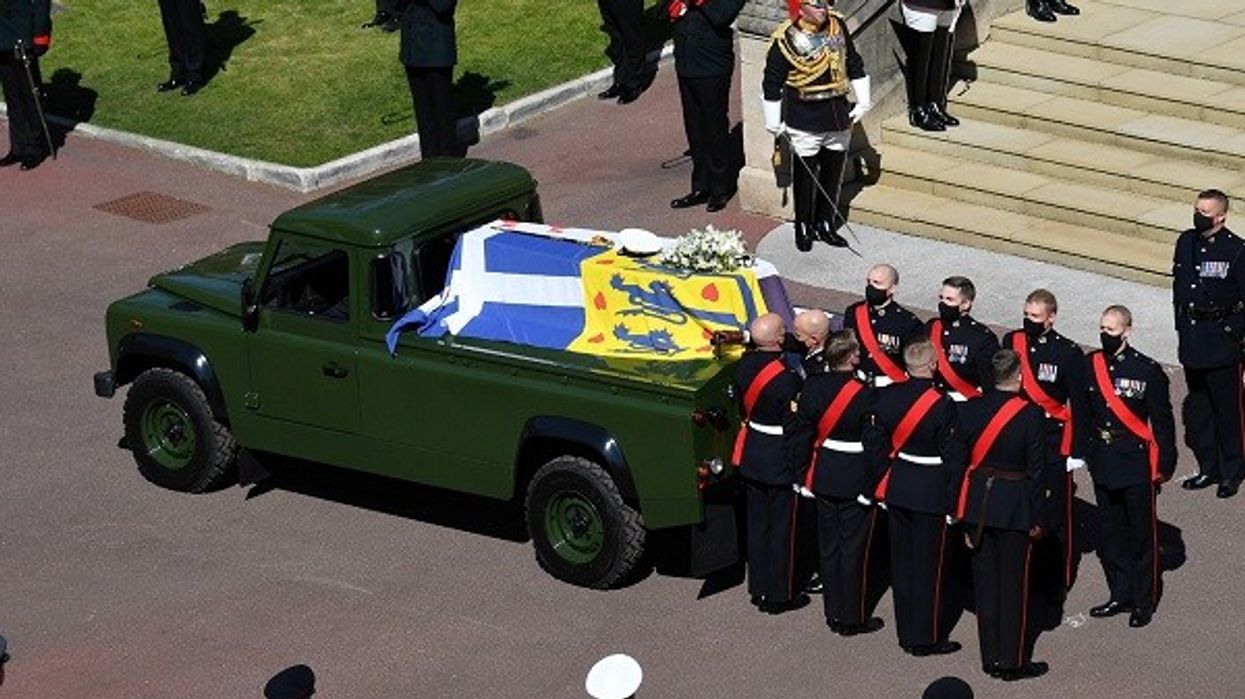By Amit Roy
THERE was an Indian touch at Prince Philip’s funeral in Windsor last Saturday (17) when his coffin was carried on a custom Land Rover that the Duke of Edinburgh himself designed over a period of nearly 20 years.
Jaguar Land Rover (JLR) is owned by India’s Tata Motors – industrialist Ratan Tata bought the prestigious but then loss-making firm from Ford of America for $2.3 billion (£1.64bn) in 2008.
JLR has since become a profitable show piece of British industry although it has been through tough times recently because of Brexit, followed by the pandemic.
Ahead of the funeral, JLR’s chief executive Thierry Bollore said: “We are deeply privileged to have enjoyed a very long and happy association with the Duke of Edinburgh over many decades. We are also honoured that the Land Rover which the Duke designed will be used at the funeral.
“The Duke was a tremendous champion for design, engineering and technology.
“During his visits to our sites he engaged with hundreds of employees and demonstrated his impressive knowledge and deep interest in vehicle design, engineering and manufacturing.
“The Duke was a truly remarkable man and will be greatly missed.”
Given Prince Philip merited a ceremonial funeral, it would have been more traditional to use a gun carriage and a hearse, but the Duke had a lifelong affection for the Land Rover. The company was granted a royal warrant 40 years ago.
He visited JLR’s manufacturing facilities on numerous occasions over the decades, and accompanied the Queen when she opened the company’s new engine manufacturing centre in Wolverhampton in 2014.
The original idea was for the Land Rover to transport the Duke’s coffin 22 miles from central London to Windsor, but the pandemic meant the ceremonial had to be restricted to the grounds of Windsor Castle.
Prince Philip started designing his bespoke Land Rover in 2003 when he turned 82. The Land Rover Defender TD5 130 chassis cab vehicle was made at the company’s factory in Solihull. With heavy duty wheels and angular structure, the sturdy design was testament to his penchant for engineering and functionality.

The Duke, who served with distinction in the Royal Navy during the Second World War and held special associations with all the armed forces, requested the original belize green bodywork be switched to dark bronze green, a colour used for many military Land Rovers.
He designed the open top rear section where his coffin would rest. It was made to his exact specifications, including the rubber grips on silver metal pins known as the “stops” or “stoppers” which perform the crucial task of preventing the coffin from moving while the vehicle is in motion.
He also paid attention to other details such as matching green hubs, a black front grille, a single cab and that there would be no registration plates.
JLR maintained the vehicle since it was first built and even had a spare on standby. Prince Philip kept making minor changes until 2019 when he turned 98.
When US president Barack Obama and his wife, Michelle, visited Windsor in 2016, the Duke drove them and the Queen to lunch in Windsor in his Range Rover.
In 2019, Prince Philip had a narrow escape while driving his Land Rover Freelander on the Sandringham estate in Norfolk. He was apparently blinded by the sun as he emerged onto a busy A-road when he hit a passing car with two women passengers and a baby.
The Duke’s car flipped over and he was trapped, and had to be rescued through the sunroof by a passing motorist. He was miraculously unscathed.
The baby was unhurt, but both women in the other vehicle had to be treated in hospital, and one broke her wrist.
Three weeks after the crash, Buckingham Palace announced that Prince Philip’s driving days on public roads were finally over and that he had voluntarily surrendered his driving licence. The Crown Prosecution Service later confirmed he would face no action over the crash.
To ensure there were no hitches with the Land Rover before the funeral, there was a week of exhaustive rehearsals.
Corporal Craig French, 29, revealed before the service: “For the past week I have been rehearsing for the role of Land Rover commander for the royal hearse. It is my job to support the driver, so essentially I ensure that the driver puts the vehicle in the right place at the right time and whether to speed up or slow down.
“‘We have done a lot of practice over the last few days and you get to feel what the correct speed is, and we know what pace we have to be at. It’s now like second nature.
“There are also a couple of difficult sections on the route and on either side, there are people accompanying the hearse, so it is important to keep a safe distance.”
Television footage showed audiences worldwide that everything went off like the military operation Prince Philip had planned. Land Rover sales may benefit from the royal connection, although it is unlikely JLR will use the advertising line: “As used in Prince Philip’s funeral.”












